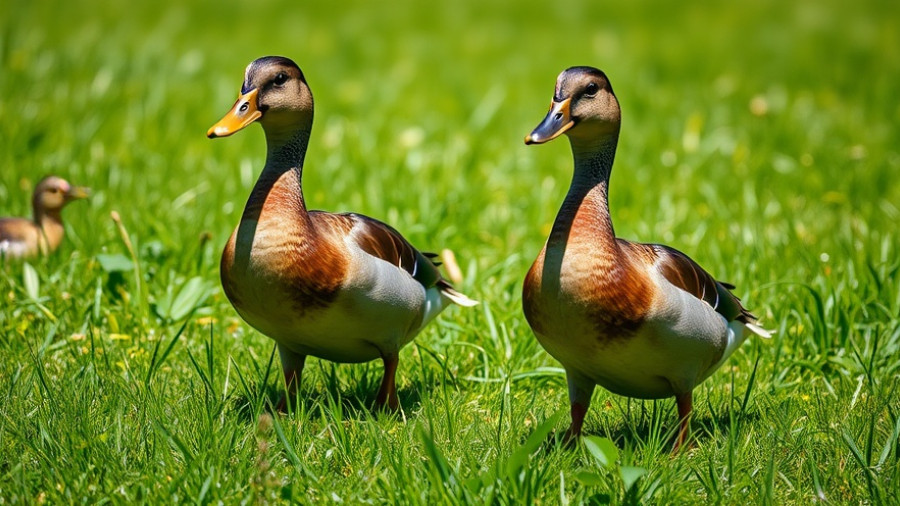
A Ray of Hope for California Condors and Bird Flu
Recent vaccine trials have illuminated a potential pathway to protect the endangered California condors from the lethal threat of bird flu. With only about 500 of these majestic birds left in the wild, their survival hinges on innovative scientific solutions that can address emerging health threats. Researchers are championing a specially designed vaccine aimed at eluding the highly pathogenic avian influenza (HPAI) virus, which has prompted concerns due to its severe impact on bird populations.
Understanding the Importance of the Vaccine
This vaccine trial not only signifies a significant leap in conservation efforts but showcases the intersection of biotechnology and wildlife health. By administering doses of this vaccine, preliminary results indicate a notable immune response in participating condors, marking a crucial step to safeguard them against viral outbreaks. This proactive approach highlights the broader implications of veterinary vaccines in conserving species facing existential threats from diseases.
Future Implications for Wildlife Conservation
The promising outcomes from this vaccine trial could inspire similar initiatives for other endangered species affected by avian flu and other pathogens. Just as technology evolves in human healthcare, conservation strategies are adapting to leverage advanced scientific methodologies. Addressing the health of wildlife populations can have cascading effects on entire ecosystems, emphasizing the need for ongoing research and funding in this field.
Concluding Thoughts: A Collective Responsibility
As we witness the intersection of cutting-edge scientific research and wildlife conservation, the ongoing efforts to immunize California condors illuminate a responsible approach to environmental stewardship. Supporting such initiatives reflects our duty to protect the biodiversity that sustains our planet. Together, we can champion these efforts and advocate for funding that facilitates further research into wildlife vaccines.
 Add Row
Add Row  Add
Add 




Write A Comment